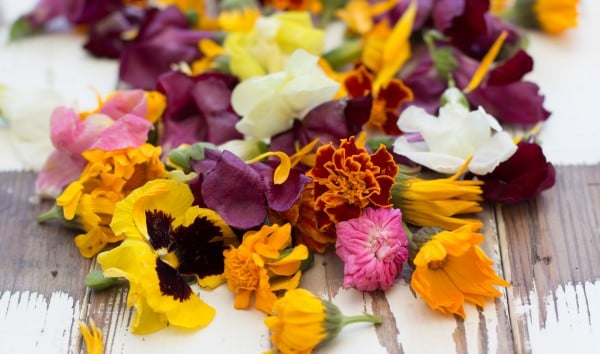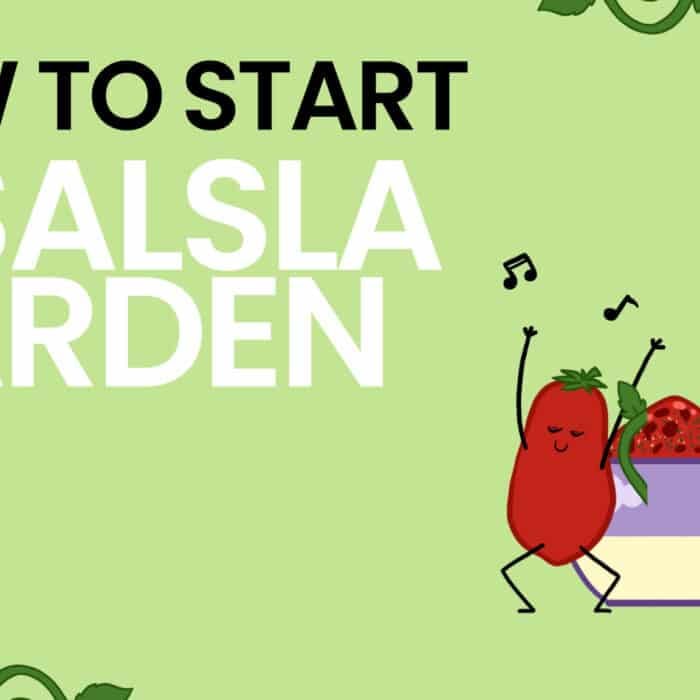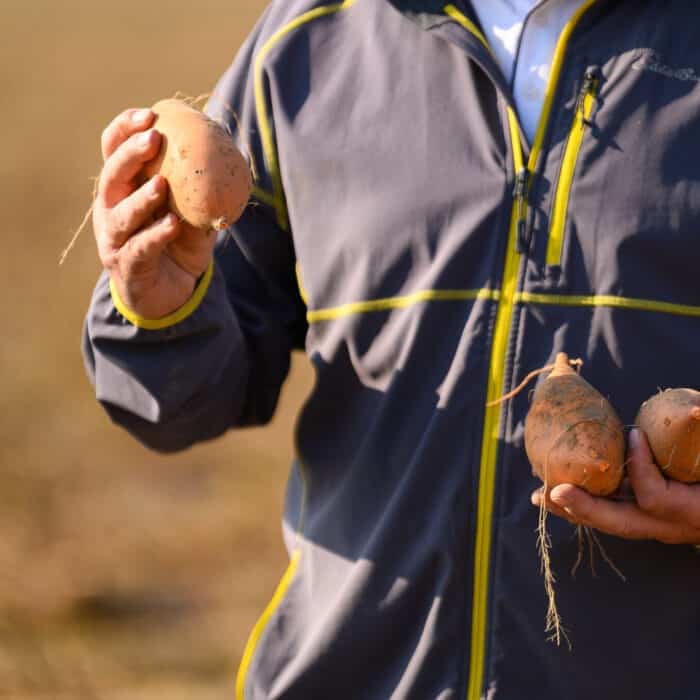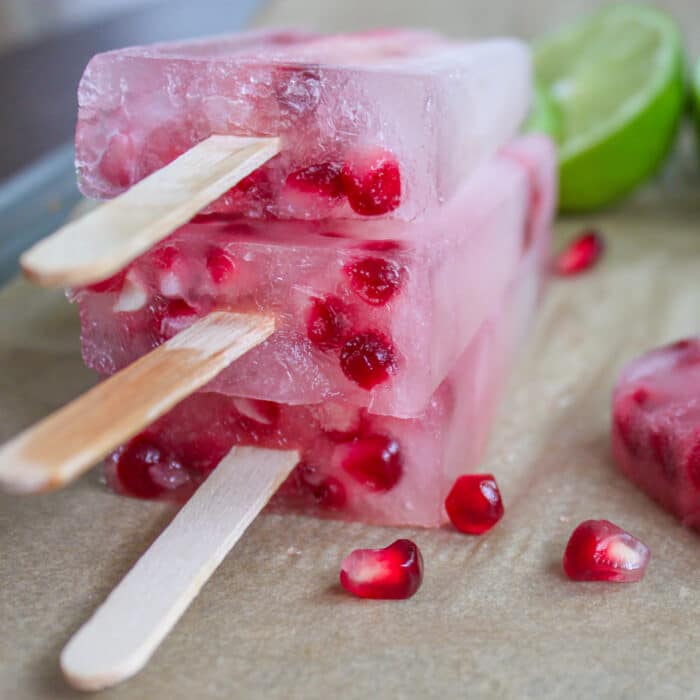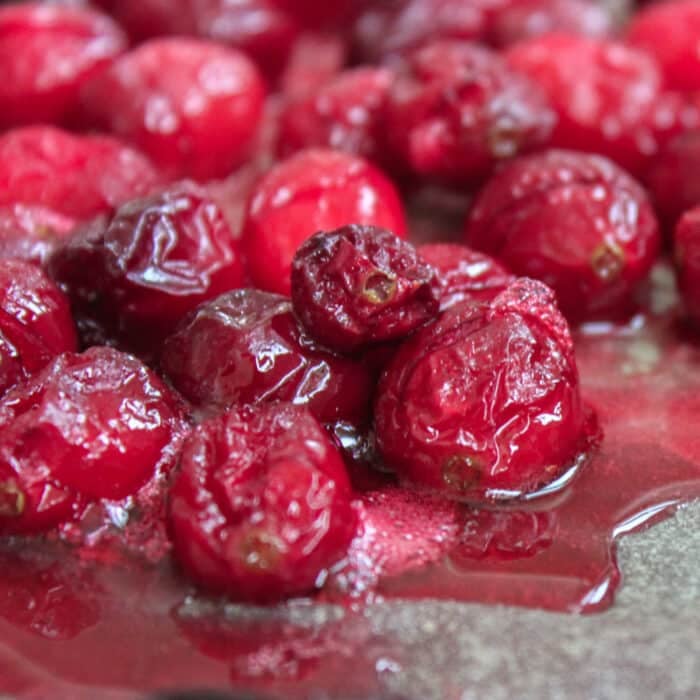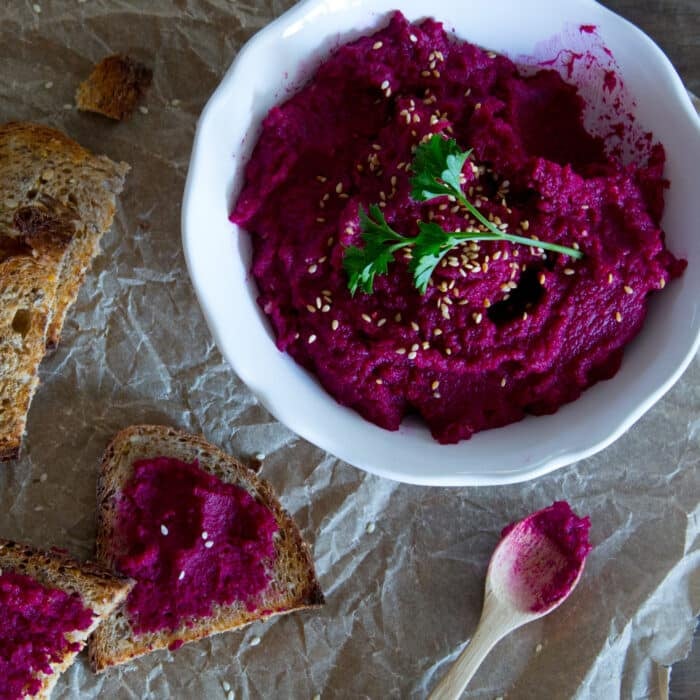Yes, some flowers are edible. But some are also deadly… well, if you eat them. Not to freak ya out but there are a few rules to follow when eating flowers. For one, only eat the ones you know are consumable. Don’t eat anything from a florist or nursery, it’s probably been sprayed with some nasty stuff. Same goes with roadside flowers or stuff found in public parks. And lastly, stick to the petals!
But before we begin, common landscape and flowering plants you should avoid eating include: clematis, hydrangeas, sweet peas, azaleas, daffodils, daphne, lily-of-the-valley, foxgloves, bleeding hearts, rhododendrons, wisteria, oleander, lupines, hyacinths, four-o’clocks, calla lilies, and castor beans. This is by no means an exhaustive list so you should thoroughly research any flower before munching away. I recommend getting your edible flowers from Whole Foods like I did.
Also, be sure to check out our infographic on the Meaning of Flowers, you might be surprised!
- Allium
- Angelica
- Anise hyssop
- Apple tree flowers
- Arugula
- Baby’s breath
- Bachelor’s button
- Basil
- Bee balm
- Borage
- Calendula/Marigold
- Carnations
- Chamomile
- Chervil
- Chicory
- Chives
- Chrysanthemum
- Cilantro
- Citrus tree flowers
- Clover
- Dandelion
- Daylily
- Dianthus/Pinks
- Dill
- Elderberry
- English daisy
- Fennel
- Fuchsia
- Gladiolus
- Hibiscus
- Hollyhock
- Honeysuckle
- Impatiens
- Jasmine
- Johnny jump-up
- Lavender
- Lemon berbena
- Lilac
- Linden
- Mint
- Nasturtium
- Oregano
- Petunia
- Pansy
- Plum tree flowers
- Radish
- Rose
- Rosemary
- Sage
- Scented geranium
- Snapdragon
- Squash blossoms
- Sunflower
- Tulips
- Violets
